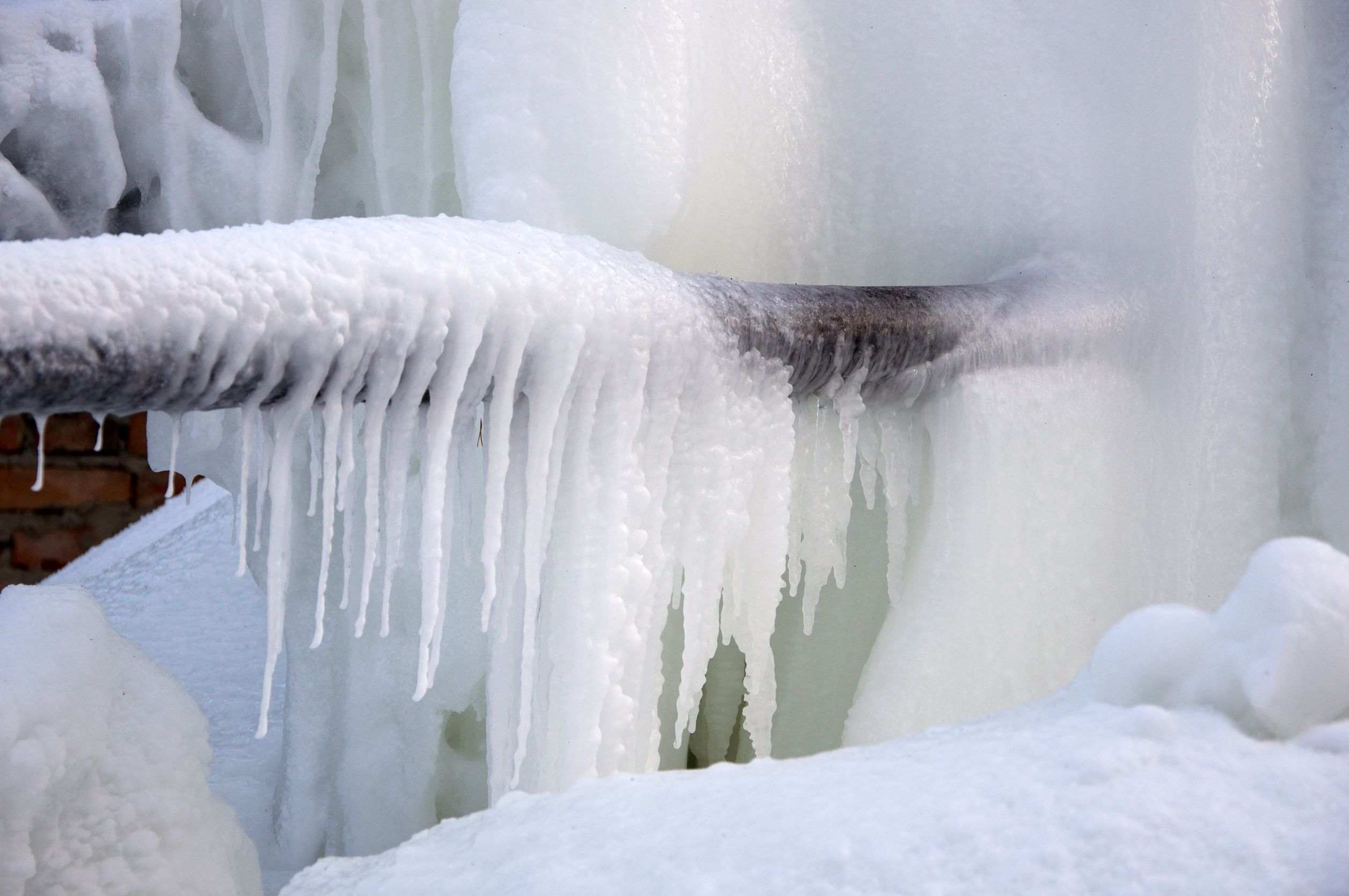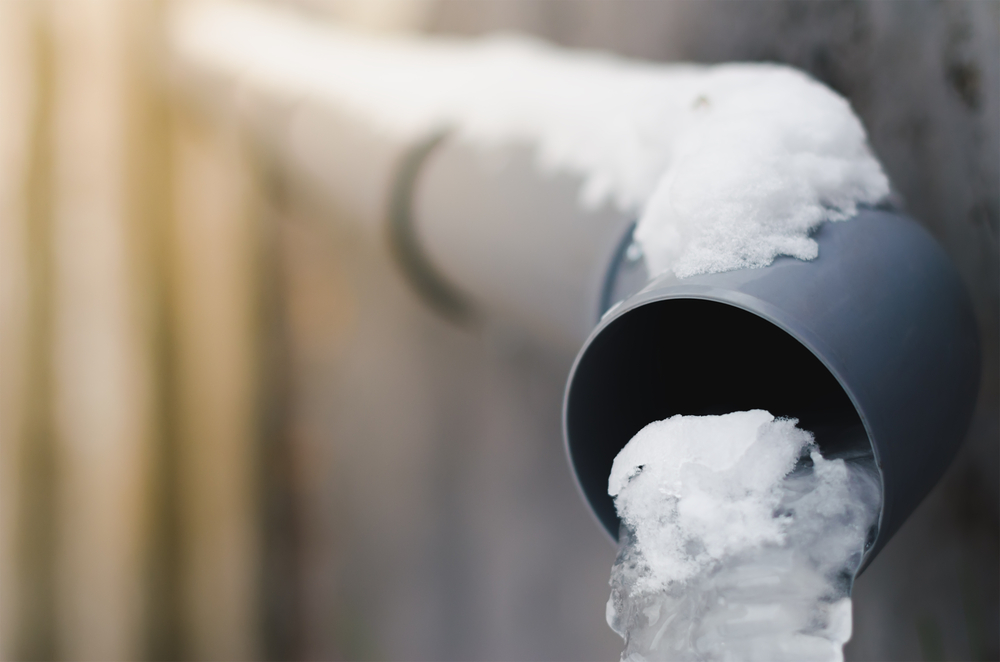Essential Advice to Avoid Frozen Pipes in Winter
Essential Advice to Avoid Frozen Pipes in Winter
Blog Article
The author is making a number of great points related to 6 Ways to Prevent Frozen Pipes as a whole in this content underneath.

Cold weather can damage your plumbing, specifically by freezing pipes. Below's just how to stop it from taking place and what to do if it does.
Introduction
As temperature levels drop, the threat of frozen pipes rises, potentially resulting in costly repair services and water damage. Recognizing how to avoid frozen pipelines is critical for home owners in cool environments.
Comprehending Frozen Pipelines
What causes pipes to ice up?
Pipelines freeze when revealed to temperatures listed below 32 ° F (0 ° C) for expanded durations. As water inside the pipes freezes, it increases, putting pressure on the pipe walls and potentially causing them to burst.
Risks and problems
Icy pipelines can bring about water supply disturbances, residential or commercial property damages, and expensive fixings. Ruptured pipes can flood homes and trigger extensive structural damages.
Indicators of Frozen Pipes
Determining icy pipelines early can avoid them from rupturing.
Exactly how to recognize frozen pipes
Seek lowered water circulation from faucets, uncommon odors or noises from pipelines, and visible frost on subjected pipelines.
Avoidance Tips
Insulating at risk pipelines
Cover pipelines in insulation sleeves or make use of heat tape to protect them from freezing temperatures. Concentrate on pipelines in unheated or exterior locations of the home.
Home heating techniques
Keep interior rooms sufficiently warmed, specifically areas with plumbing. Open cabinet doors to enable warm air to distribute around pipelines under sinks.
Securing Exterior Pipes
Yard pipes and outside faucets
Detach and drain pipes garden hose pipes before winter. Install frost-proof faucets or cover outside faucets with insulated caps.
What to Do If Your Pipelines Freeze
Immediate activities to take
If you presume frozen pipelines, maintain faucets open up to soothe stress as the ice melts. Make use of a hairdryer or towels taken in hot water to thaw pipelines slowly.
Long-Term Solutions
Structural changes
Think about rerouting pipes far from exterior walls or unheated locations. Add extra insulation to attic rooms, cellars, and crawl spaces.
Updating insulation
Buy premium insulation for pipelines, attics, and wall surfaces. Correct insulation aids maintain regular temperature levels and lowers the risk of icy pipelines.
Conclusion
Preventing frozen pipes calls for proactive procedures and fast responses. By comprehending the causes, signs, and safety nets, property owners can shield their pipes during winter.
5 Ways to Prevent Frozen Pipes
Drain Outdoor Faucets and Disconnect Hoses
First, close the shut-off valve that controls the flow of water in the pipe to your outdoor faucet. Then, head outside to disconnect and drain your hose and open the outdoor faucet to allow the water to completely drain out of the line. Turn off the faucet when done. Finally, head back to the shut-off valve and drain the remaining water inside the pipe into a bucket or container. Additionally, if you have a home irrigation system, you should consider hiring an expert to clear the system of water each year.
Insulate Pipes
One of the best and most cost-effective methods for preventing frozen water pipes is to wrap your pipes with insulation. This is especially important for areas in your home that aren’t exposed to heat, such as an attic. We suggest using foam sleeves, which can typically be found at your local hardware store.
Keep Heat Running at 65
Your pipes are located inside your walls, and the temperature there is much colder than the rest of the house. To prevent your pipes from freezing, The Insurance Information Institute suggests that you keep your home heated to at least 65 degrees, even when traveling. You may want to invest in smart devices that can keep an eye on the temperature in your home while you’re away.
Leave Water Dripping
Moving water — even a small trickle — can prevent ice from forming inside your pipes. When freezing temps are imminent, start a drip of water from all faucets that serve exposed pipes. Leaving a few faucets running will also help relieve pressure inside the pipes and help prevent a rupture if the water inside freezes.
Open Cupboard Doors
Warm your kitchen and bathroom pipes by opening cupboards and vanities. You should also leave your interior doors ajar to help warm air circulate evenly throughout your home.

I'm very interested in 6 Ways to Prevent Frozen Pipes and I hope you liked the entire piece. Be sure to pause to promote this post if you enjoyed it. Thank-you for taking the time to read it.
Call Today Report this page